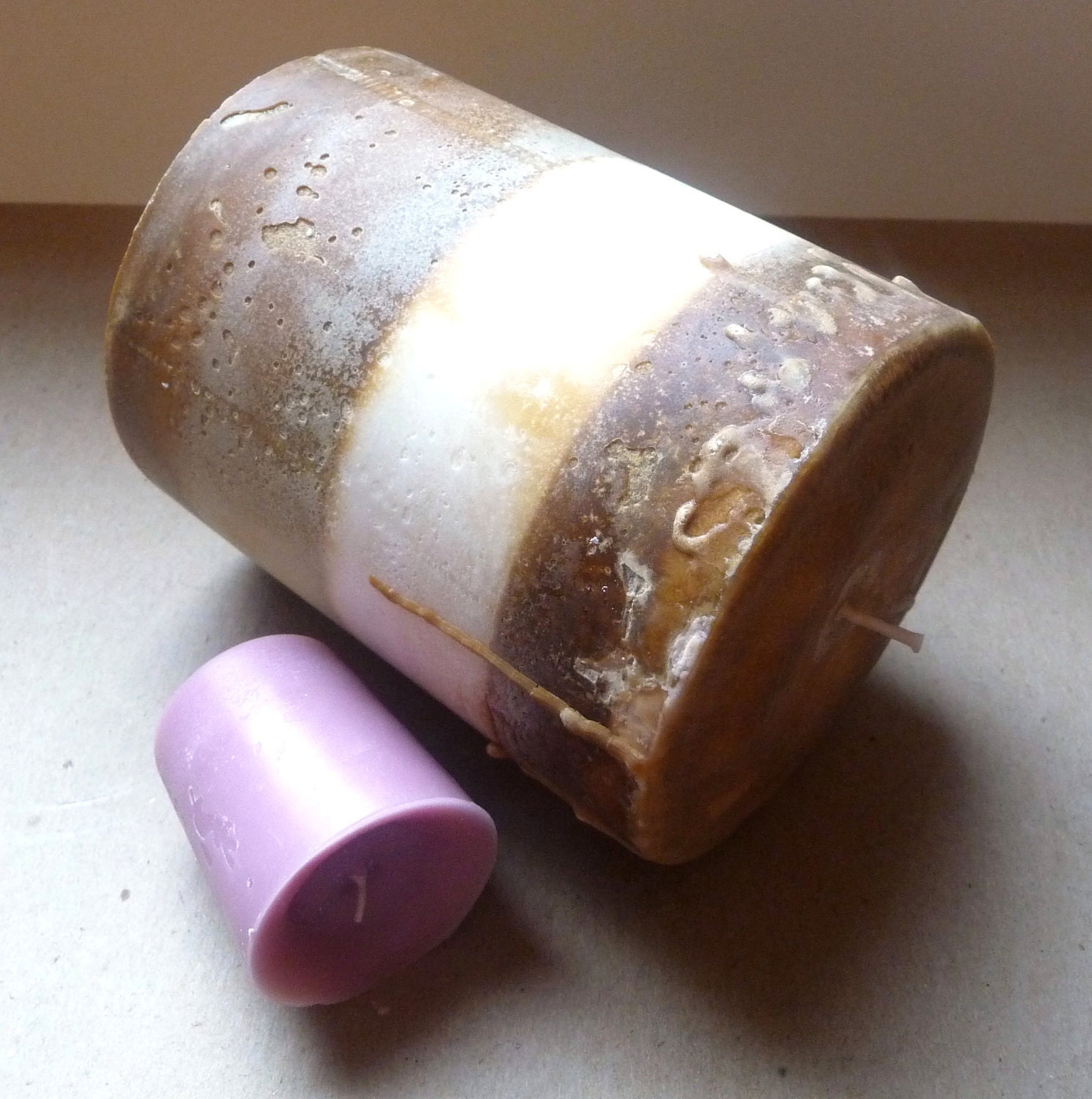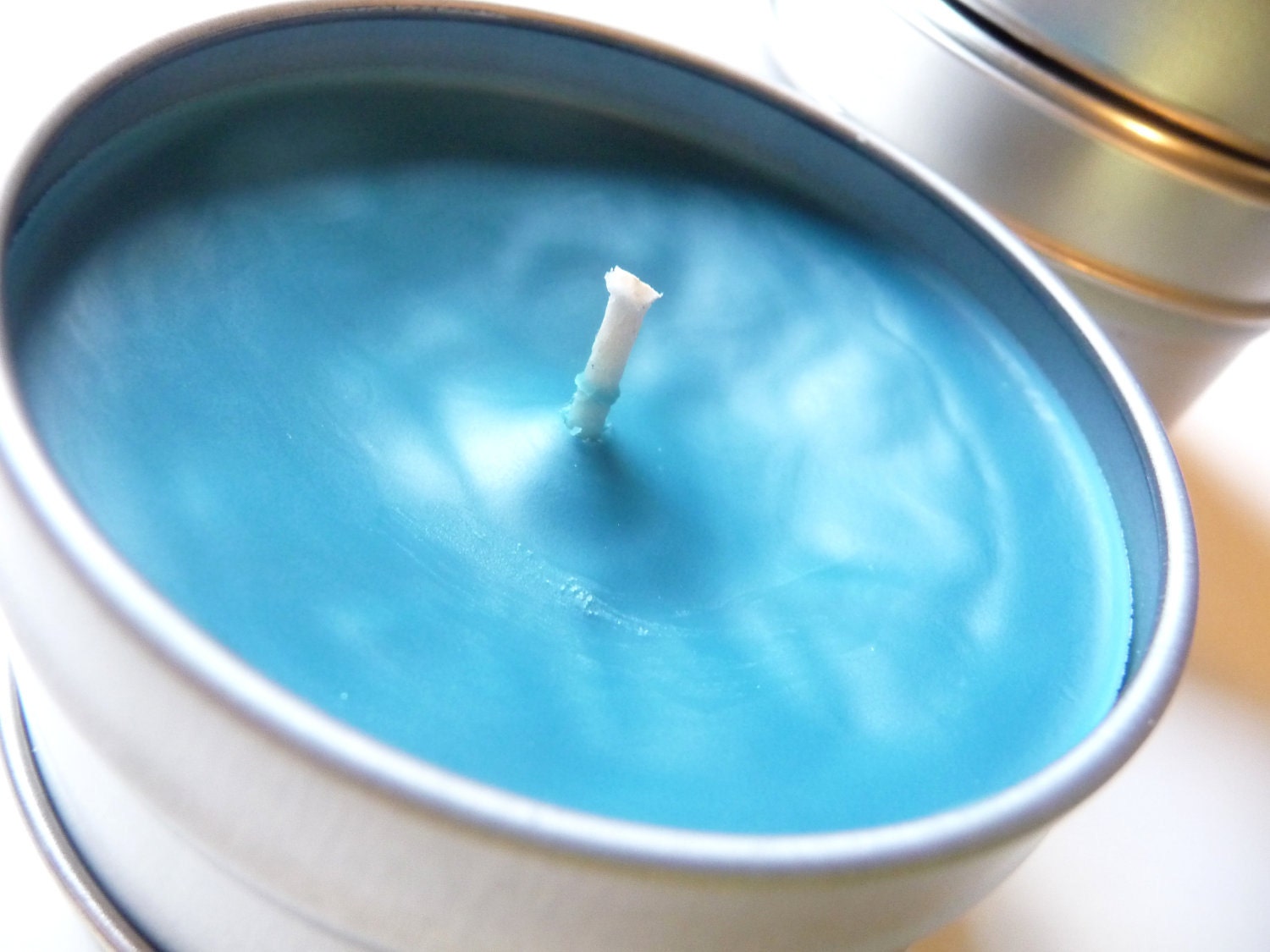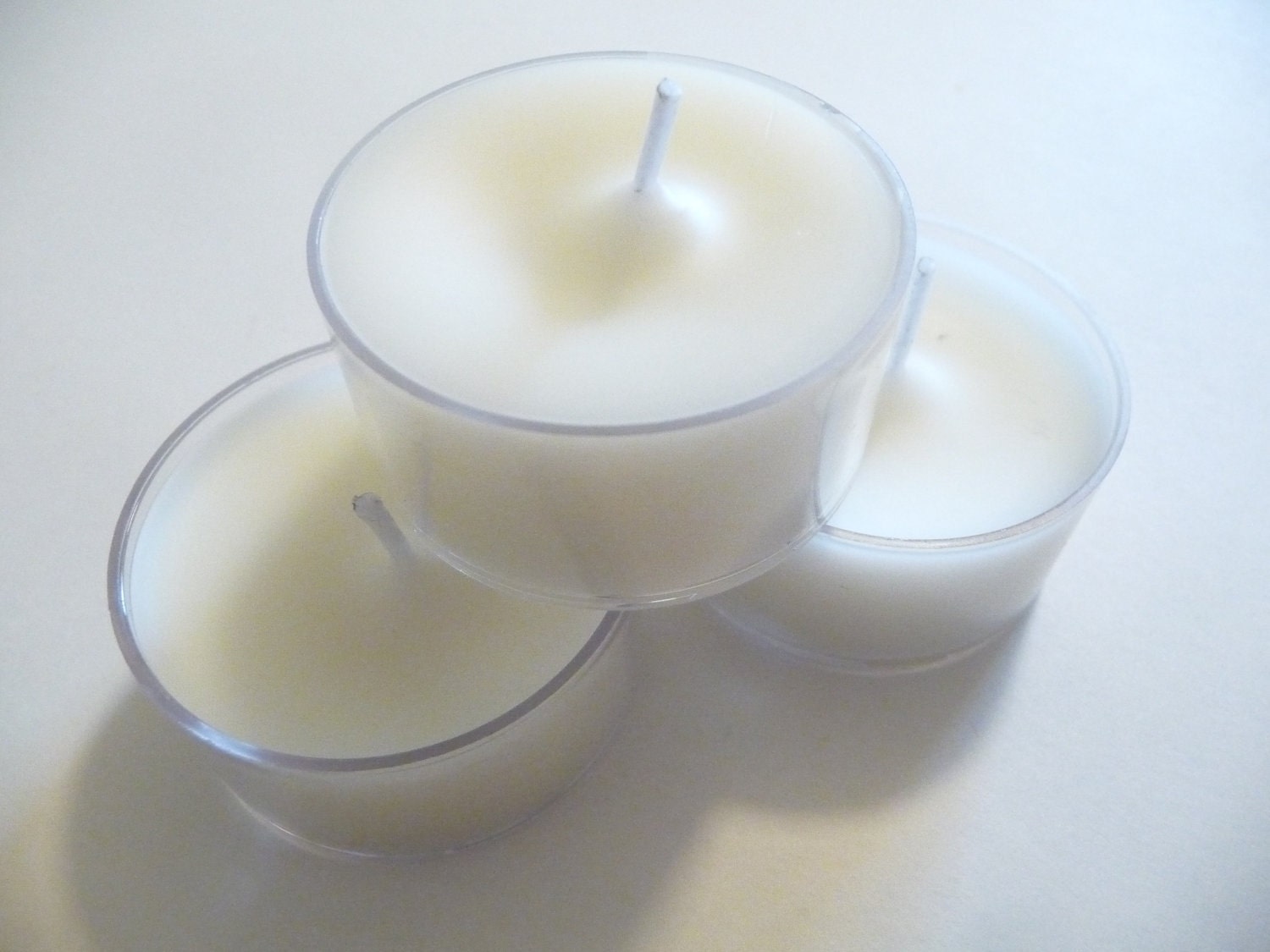 |
| Handmade Candles from Murfreesboro |
When you first unwrap a new candle, you want to trim the wick to about 1/4 inch, or the size of a thumbnail. Long wicks can produce big flames that are dangerous.
Next, prepare an area for burning your candle. Make sure the area is out of reach of pets and children and away from curtains, upholstery, or any flammable decor. Try to choose a table or a counter that will not wobble or tip over by accident.
 |
| Candle in Tin Jar by Mylana |
Now, if you have a jar or a container candle, you want to inspect the exterior of the candle for any cracks in the glass. A major cause of injury from container candles is the glass overheating. This can cause sharp shards of glass to break away from the candle. Additionally, if a large volume of melted wax suddenly pours out of the candle, it will make the flame very high and hazardous. By checking the jar for visible cracks, you are helping to prevent a mishap. For candle makers, thick glass is best and more resistant to high heat. Be wary of large wicks overheating your glass and causing it to crack.
 |
| Soy Wax Candles |
You are almost ready to light your candle, but beforehand, double check that you have time to spend in the same area your candle is- you DO NOT want to leave a burning candle, or tart warmer, unsupervised.
I like to use the long candle lighters, like this one, available at Walgreen's. They are great for preventing burns and reaching into jars. If you use matches, run the match under water before disposing of it in the trash.

Once you light your candle, there might be some smoke for the first few minutes, until a melt pool forms, providing steady fuel for the flame. If the candle produces lots of black smoke or soot, or the flame seems unreasonable large, extinguish the flame and do not burn the candle. Most likely, the wick is too big. (if this is a candle you made, try a smaller size wick).
Wood wick candles will sometimes crackle and sputter. This is natural and part of the charm. Make sure they are not sitting on anything flammable, like a fabric placemat, in case a small piece of wood escapes the candle.
If you are burning a candle with any decorative herbs, flowers, twigs, or dried fruit, keep a special eye out that the flame does not get too close to any objects in the candle that are not metal or glass. In general, for making candles, I stay away from using anything flammable, unless it is a double walled "forever" candle. Hurricane candles are made with a hard wax exterior for embedding objects and a softer wax in the center, allowing the candle to burn down while leaving the shell intact. These should only be attempted to be made by advanced chandlers.
Don't play in the wax pool of a burning candle! I know it is tempting, but you can get singed or burned easily. There are some massage candles marketed that you can use the melted wax as lotion. I have never used one of these and cannot comment, besides make sure to read and follow all the directions. Also, refrain from moving a lit candle, and if you have to, remember that metal and glass jars will be hot. You can use an oven mitt, if needed.
Try to burn your candle for 6 hours or less. When you are finished burning it, you can put out the flame with a candle snuffer (best) or blowing (more dangerous, use common sense). Once the flame is out, you can inspect the melt pool for any large, black wick fragments and remove them with a cotton swab, wooden craft stick, or bamboo skewer. Only do this when the candle is not lit. When you are ready to burn your candle again, trim the wick if necessary with a scissors and wipe away any black wick particles before lighting.
Have fun burning your candles and use common sense safety precautions! It is a good idea for households to have and emergency fire extinguisher for any household or kitchen fires. Finally, while safety is on your mind, make sure you have a working smoke alarm.
This often costs the customer more, but they are likely willing to pay it. Candle Maker must sure to communicate well with your customers and know exactly what they want before committing to such a project.
ReplyDelete